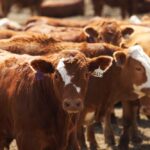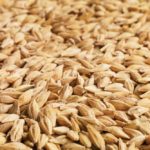Compared to last week, western Canadian yearling prices were relatively unchanged while calves traded steady to $2 lower on average. The grain harvest is in its final stages and buying […] Read more
1.


Barley harvest well underway in southern Alberta


Set-aside program not having much effect yet on prices




Beef demand is strong but cattle prices are under pressure, Canfax says

